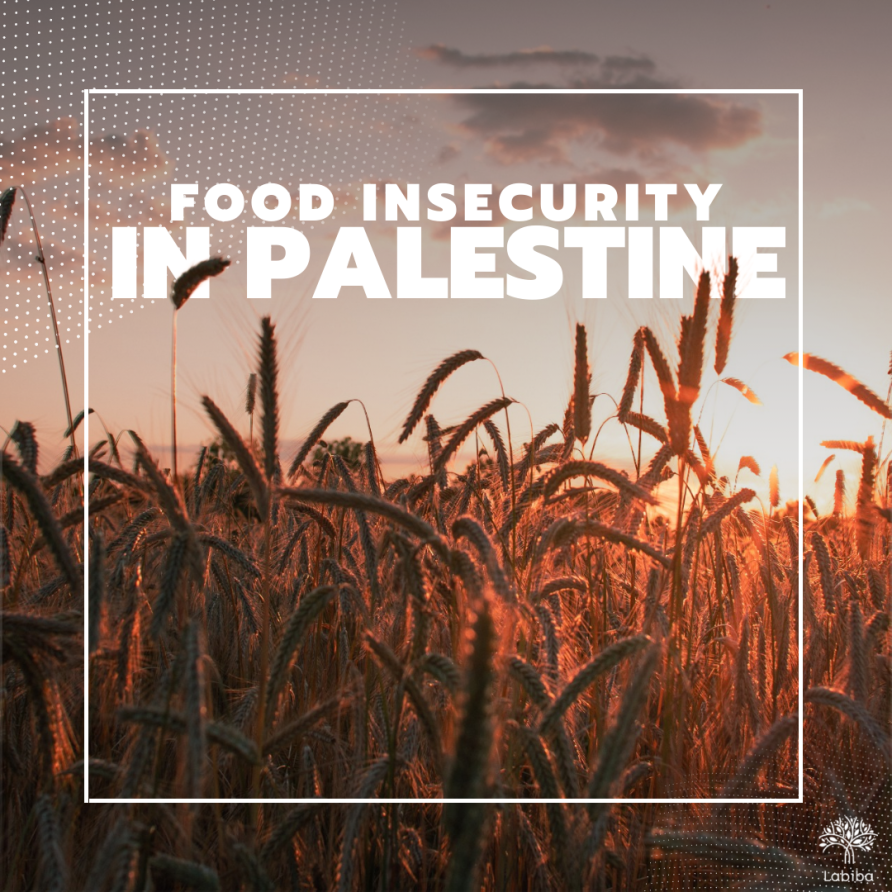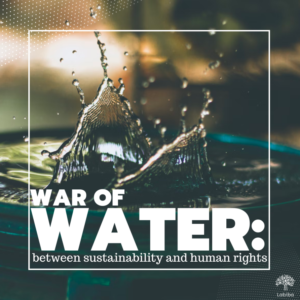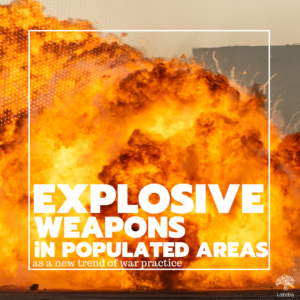In 2018, the World Food Programme (WFP) reported that 68.7% of Palestinian urban territories and 67.4% of refugee camps experienced food insecurity. While poverty rates continue to rise, COVID-19 has further damaged the nation’s economy. Decades of foreign occupation, the ongoing economic crisis, severe restrictions on the movement of people and goods, and the lack of international support, have further damaged Palestinians’ livelihood and food security, especially among women.
Not only a food issue but also a development one
For several centuries, widespread impoverishment had afflicted these regions and, until the 1920s, the British occupation of the Palestinian territories negatively affected its agricultural progress. As a result, many farmers still deal with inefficient techniques and low productivity.
With the establishment of the nearby Israeli state during the 1950s, Palestine suffered a severe crisis due to the exponential increase in economic competition. Eventually, Israeli markets started to bleed into the Palestinian territories. Thus the economies of the two nations began to merge, converting many Palestinians into a source of low-cost labour under the Israeli market system.
The utilization of Palestinian land, water, livestock, workforce, and agricultural production to feed neighbouring trading systems is making Palestinian progress and self-sufficiency extremely hard to reach. This shed light on an evident lack of diplomatic unity and insufficient international support.
The worst situation is in Gaza, affecting nearly 70% of the population. Many are struggling to survive on less than a dollar a day and are unable to meet basic food needs.
The interruption and reduction of food assistance could force them to skip meals, incur further debts and withdraw their children from school, greatly affecting their daily lives and well-being. These measures risk exacerbating the existing humanitarian crisis and instability in Gaza.
Post-covid-19 situation
Prior to the outbreak of COVID-19, nearly one-third of the population – 32.7%, representing 1.6 million people – could not afford enough nutritious food.
In 2021, food insecurity remains an ongoing challenge, with Palestinians still facing severe resource shortages and battling various levels of poverty that the pandemic has further intensified. State efforts have been fragmented; the governing body is fractured between the response to COVID-19, severe food insecurity, and the Israeli threat of annexation of the West Bank.
According to national surveys, almost 50% of people assessed have very low levels of essential minerals and vitamins. Most of the population cannot bear further shocks and the current situation could trigger a crisis that could spread to the entire region.
To achieve Palestinian food security, Palestinian farmers need either to have land to cultivate or to be compensated for the farms they have lost. Existing Israeli barriers need to be removed. Furthermore, one possible solution could be for Palestinian farmers to be allowed to sell their local products, thus granting the agricultural sector to return to the forefront of the country.
Since 1991, the WFP operates in Palestine, providing food assistance to the most vulnerable non-refugee population with technical expertise to ministries and other partners. In addition, a number of local organizations, like Adel e Manjala, have also implemented innovative approaches such as agroecology, which aims at protecting biodiversity, as well as cultural and knowledge diversity, with a focus on the role of women and youth in agriculture.
The effort must continue, even in the context of COVID-19 and existing poverty. Hence, it is crucial that local governments, together with the international community, begin to actively address food insecurity in order to establish a solid base for the Palestinian economy.
Maria Rosa Milanese



